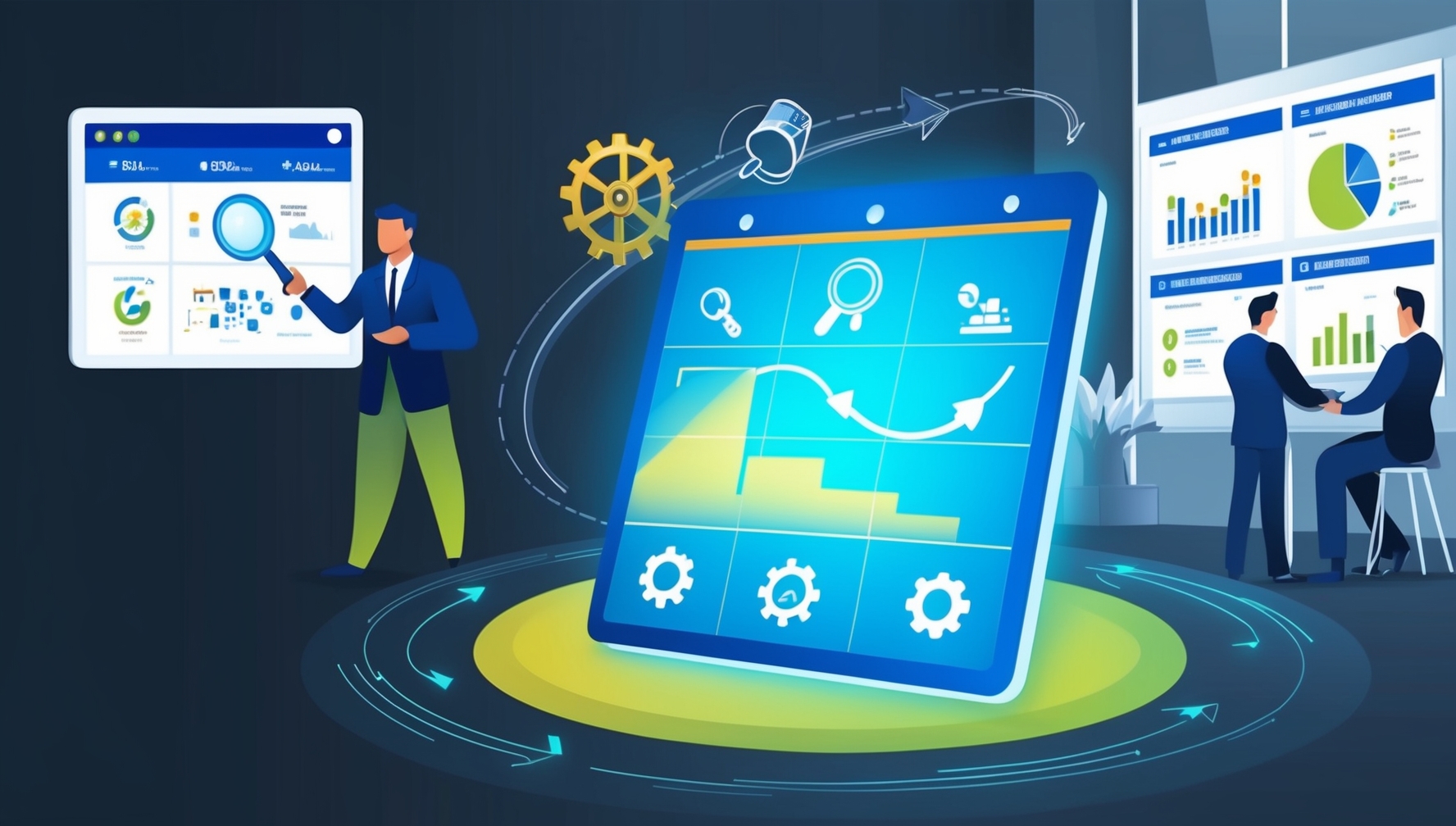Managing the IT Agenda
Information Technology’s (IT) role in the organization is changing. How should a CIO take charge? Step 1: know the trends affecting IT.
Information Technology’s (IT) role in the organization is changing. How should a CIO take charge? Step 1: know the trends affecting IT.
 This paper provides a framework for the new CIO role – one that balances traditional IT operations responsibilities with the emerging strategic demands. PwC calls it the situational CIO.
 This presentation provides insights into the changing IT Management landscape and the imperatives for CIO success.
This presentation provides insights into the changing IT Management landscape and the imperatives for CIO success. (more/different discussion and slides)
This guide provides an in-depth look at the Enterprise CIO position, revealing essential qualities, evolving responsibilities, and future trends in the field, as shared by a former Global CIO.
This analysis explores how integrating IT with business strategy can create a responsive enterprise, emphasizing the importance of IT in enhancing business agility and adapting to changing market conditions.
This presentation describes a "virtuality" index to measure the degree that a team is virtual. One can use this "virtuality" index to<br />
– Identify problematic areas and devise solutions to fix those problems<br />
– Identify and manage the impact of virtual teams on performance<br />
<br />
It provides a case study in the use of "virtuality" index at Intel.
 This presentation makes the case that a CIO must play a leadership role in risk management.

Learn the essentials of effective leadership during a CIO’s first 100 days. Create impact and prove your worth with a proven roadmap.
This presentation discusses the “5 Critical Skills of Successful IT Executives.” The focus of the “new” CIO is moving away from technology to business. What else has changed? Read On>>